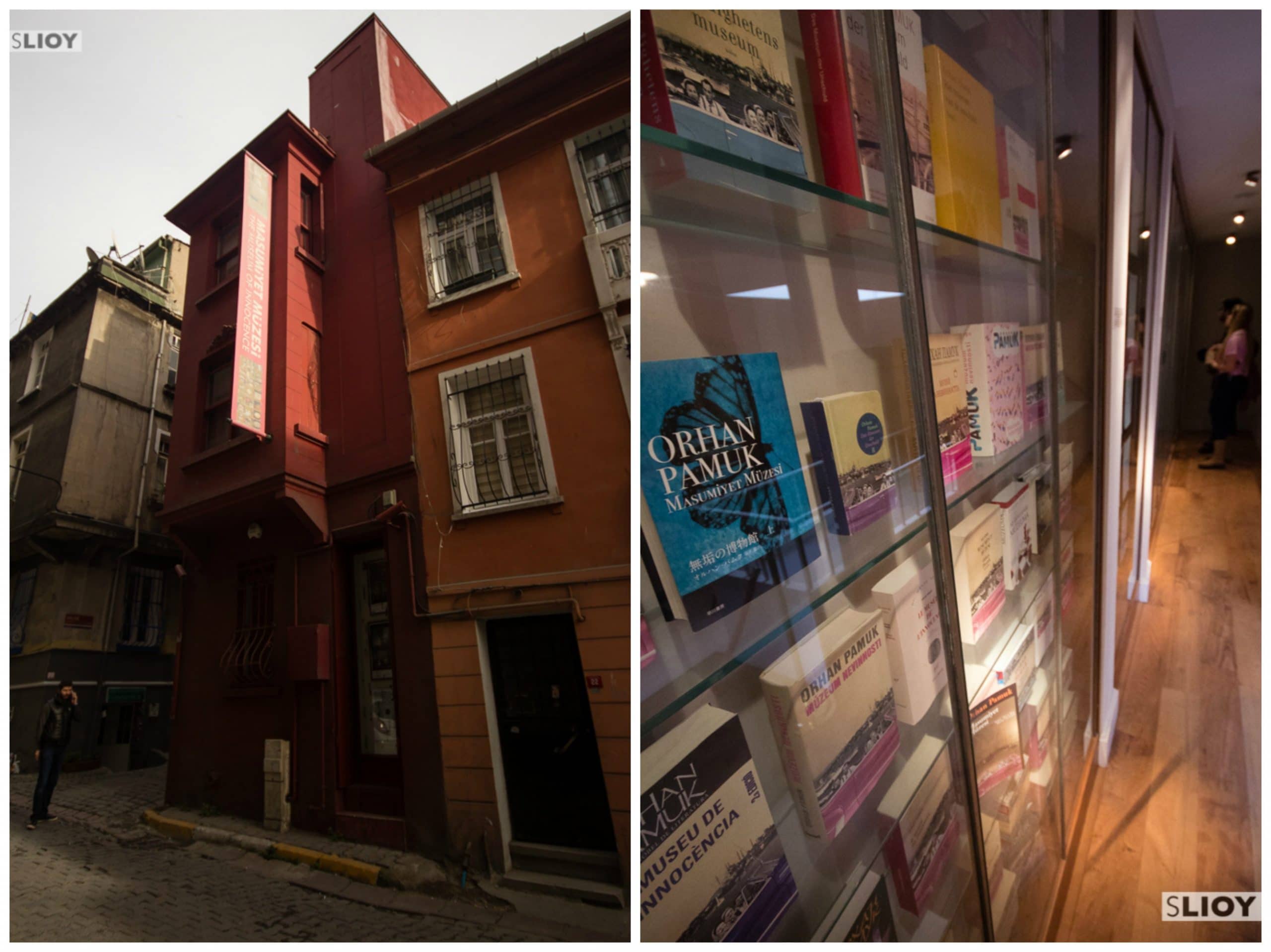
And we know from the very first lines that it’s never going to work out because of the narrator’s nostalgic tone and his declaration that taking Fusun to bed for the first time was the happiest moment in his life although he didn’t know it at the time. It’s the only place they fit together though, because socially, she is of poor family, low status and limited education. Sibel’s fatal mistake was to send Kemal back to the shop to exchange it, because that’s where his attraction to Fusun flourishes and they end up in bed together in no time. Not only does she aspire to a sophisticated European lifestyle as Kemal’s family and social circle does, she can apparently even pick a fake designer handbag at a glance, a crucial skill in that milieu. He is the idle son of a wealthy businessman, and Sibel is the ‘perfect’ wife for him. Kemal, the apparent narrator of the story, is thirty and engaged to be married to Sibel when he meets again with Fusun and falls in love with her. His characters are like adolescents longing for adulthood on the one hand and comfortable with the securities of childhood on the other. In Pamuk’s fiction its citizens are attracted by the freedom, wealth and opportunities of the West but they are not only bound by their own traditions, they also value them.


The Museum of Innocence is a tale of obsessive love, interwoven with Pamuk’s exploration of Turkish identity. Geographically and politically Turkey has a foot in both the Middle East and Europe – yet belongs in neither.


 0 kommentar(er)
0 kommentar(er)
